Ok, so my current curve fitting code has a step that uses scipy.stats to determine the right distribution based on the data,
distributions = [st.laplace, st.norm, st.expon, st.dweibull, st.invweibull, st.lognorm, st.uniform]
mles = []
for distribution in distributions:
pars = distribution.fit(data)
mle = distribution.nnlf(pars, data)
mles.append(mle)
results = [(distribution.name, mle) for distribution, mle in zip(distributions, mles)]
for dist in sorted(zip(distributions, mles), key=lambda d: d[1]):
print dist
best_fit = sorted(zip(distributions, mles), key=lambda d: d[1])[0]
print 'Best fit reached using {}, MLE value: {}'.format(best_fit[0].name, best_fit[1])
print [mod[0].name for mod in sorted(zip(distributions, mles), key=lambda d: d[1])]
Where data is a list of numeric values. This is working great so far for fitting unimodal distributions, confirmed in a script that randomly generates values from random distributions and uses curve_fit to redetermine the parameters.
Now I would like to make the code able to handle bimodal distributions, like the example below:
Is it possible to get a MLE for a pair of models from scipy.stats in order to determine if a particular pair of distributions are a good fit for the data?, something like
distributions = [st.laplace, st.norm, st.expon, st.dweibull, st.invweibull, st.lognorm, st.uniform]
distributionPairs = [[modelA.name, modelB.name] for modelA in distributions for modelB in distributions]
and use those pairs to get an MLE value of that pair of distributions fitting the data?

